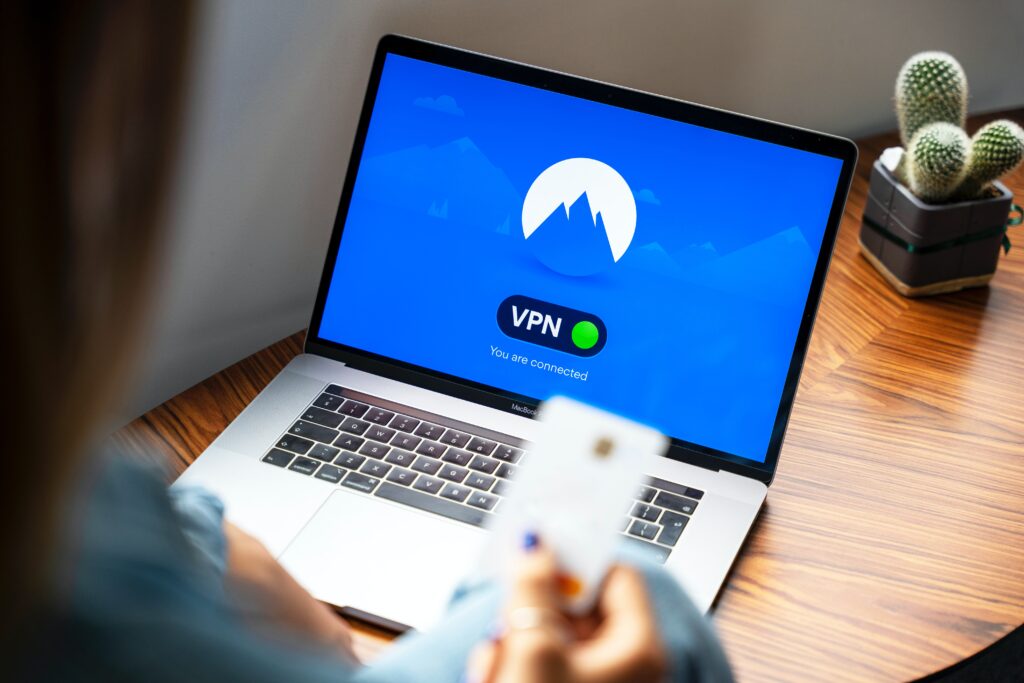Automation Features in Delivery Software dispatch software enables delivery businesses to coordinate delivery processes and keep customers updated with accurate ETA notifications. It also helps to optimize routes and deliver better customer service.
Dispatch automation features like automatic route planning and optimization are essential in scaling delivery operations. This reduces costs and improves efficiency by optimizing multi-stop routes based on weather, traffic conditions, vehicle capacity and more.
Real-time Tracking
Real time tracking is a delivery software feature that allows companies to offer value-added services, increase transparency, improve on-time delivery rates, and reduce costs. With real-time tracking, customers can track their orders throughout the entire process, from pickup to delivery. They can also receive a driver tracking link or an SMS to keep them updated on when their order delivered.

Live tracking helps businesses lower expenses by identifying delivery process inefficiencies. For example, if a route optimization software finds that a particular leg takes longer than others, the business can work to modify routes and improve efficiency.
Modern delivery management software combines route optimization with driver tracking and AI-based traffic predictions to ensure that your drivers always take the fastest, most efficient routes. This results in cost savings, increased on-time delivery rates, and improved customer satisfaction. You can also avoid costly games of phone tag by allowing customers to see when their deliveries will arrive without having to call you.
Real-time Alerts
A robust delivery management system can automate alerts in real-time. It can also trigger notifications to notify customers of order status changes and the ETA. This feature can reduce customer inquiries and improve operational efficiency by enabling delivery teams to keep customers informed about their deliveries.
Earlier, consignees would have to wait for their shipping service providers to share information regarding the cargo movement or the schedule of delivery. Now, they can receive instant delivery alerts that are triggered when the cargo reaches specific hubs or during the transit phase.
The notifications categorized as “scheduled”, “you are next”, “geofence entered”, and “completed”. Alert criteria defined to send the notification based on a specified platform or condition, which makes it more effective and reliable. The alerts sent via email or webhook to trigger downstream actions in a third-party software system. In case an alert is missed, it can be retransmitted and broadcast to another team member automatically.
Auto-Assignment
Auto-assignment is a crucial feature to automate delivery management and guarantee customer satisfaction. It lets businesses assign conversations to the best-suited agent based on configuration settings and optional properties that selected individually. This done by simply clicking on a group and then selecting “Auto-assign” to toggle the option.
It can be configured to either use rating-based or time-based methods. In case multiple staff candidates found, escalation rules defined to determine who will take over the conversation and ensure that the issue resolved.
Some Delivery Management systems also enable “Order Clubbing”. It allows you to club together orders that are located in close proximity to one another and dispatch them at once. This not only reduces turnaround times but also cuts down on fuel costs. The software then assigns the order to the fastest driver to execute it. This is especially useful for businesses that employ freelancer drivers alongside their in-house team.
Automated Notifications
Delivery notification software enables businesses to automatically send notifications to customers throughout the delivery process. These alerts sent via email, SMS or mobile app to let the customer know where their order is in the process and provide ETA updates. This allows business owners to cut down on customer care calls and improve customer satisfaction.
A good delivery management system enables businesses to create and customize these automated alerts, including the customer’s name and their order details. This personalized approach appreciated by the customers and gives them confidence that their orders are delivered as promised, thereby driving brand loyalty.
The automated delivery alerts used by e-commerce, grocery, pharmacy, food and beverage, cargo, and wholesale home delivery companies to maintain transparency with their customers. This enables them to deliver the right experience every time and build long-term relationships. Moreover, this also helps in maintaining business efficiency, reducing costs and improving overall revenue.
